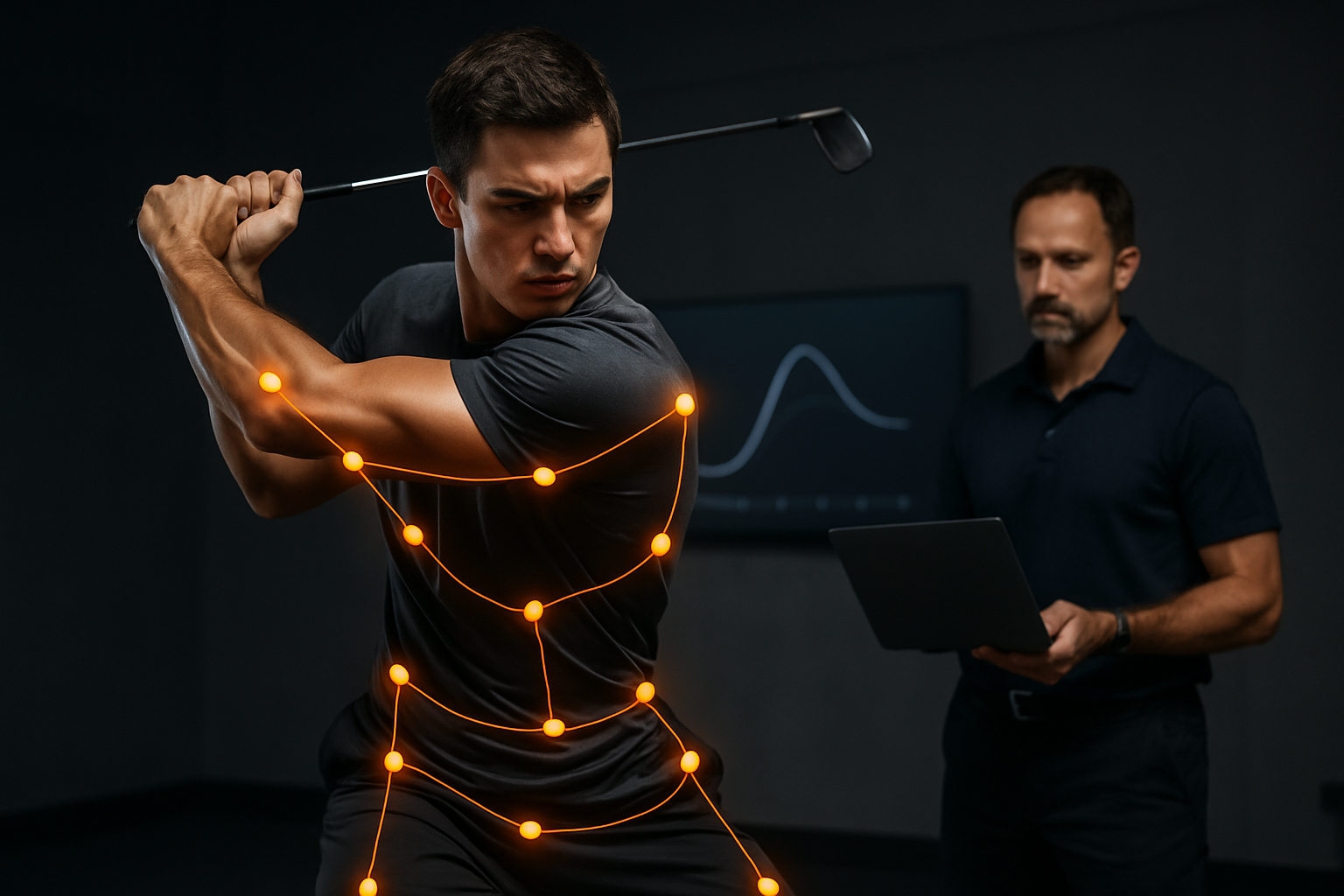Integrating biomechanical feedback into practice sessions
Integrating biomechanical feedback into practice sessions helps coaches and athletes make informed adjustments to technique, workload, and recovery. This short overview outlines practical ways to use movement data and analytics during training to support safer progression and measurable performance improvements.

Integrating biomechanical feedback into practice sessions creates a bridge between observation and objective data. When coaches and athletes combine movement metrics with contextual factors such as fatigue and workload, practice time becomes more targeted and measurable. Effective use of biomechanical information supports incremental technical adjustments, informs testing and periodization decisions, and can help reduce injury risk when paired with appropriate recovery and rehabilitation strategies.
This article is for informational purposes only and should not be considered medical advice. Please consult a qualified healthcare professional for personalized guidance and treatment.
How does biomechanics inform athlete movement?
Biomechanics provides quantifiable descriptions of how an athlete moves: joint angles, force application, timing, and symmetry. Translating those metrics into coaching cues requires clear thresholds and simple visuals so an athlete can modify movement in real time. For example, motion-capture data can highlight asymmetries or excessive joint loading that are not obvious to the naked eye. When feedback is immediate and specific, athletes are more likely to internalize technical changes that improve efficiency and reduce compensatory patterns that might increase injury risk.
What role do analytics play in monitoring performance?
Analytics synthesize raw biomechanical outputs into understandable indicators of performance and progress. Aggregated metrics over multiple sessions reveal trends in power production, movement consistency, and technical drift under fatigue. Integrating analytics into practice allows coaches to prioritize interventions based on objective evidence rather than intuition alone. Visual dashboards or simple scorecards can help teams track adherence to training goals and identify when an athlete deviates from expected performance windows that warrant targeted intervention or testing.
How can workload and fatigue be tracked?
Workload and fatigue are best managed when biomechanical feedback is paired with session metrics and subjective reporting. External workload measures (e.g., distance, acceleration counts) combined with movement quality indicators (e.g., trunk angle, landing mechanics) reveal whether an athlete’s technique breaks down as load accumulates. Regular monitoring highlights gradual changes that precede pain or loss of performance, allowing coaches to adjust volume or intensity. Consistent documentation of fatigue markers supports safer periodization and helps prioritize recovery interventions.
Where does testing fit into periodization and recovery?
Structured testing provides baseline and follow-up measures that anchor periodization decisions. Periodic biomechanical testing—such as jump profiling, sprint mechanics, or movement screening—helps determine readiness and the effectiveness of recovery strategies. When tests are scheduled logically within a periodized plan, results can guide load progression and the timing of deload weeks. Test data also inform individualized recovery protocols by identifying specific deficits that require targeted rest, mobility work, or rehabilitation.
How to integrate feedback for rehabilitation and training?
Rehabilitation benefits when clinicians and coaches share common biomechanical metrics and thresholds. Objective movement markers allow rehabilitation professionals to stage exercises based on measurable improvements rather than arbitrary timelines. In practice sessions, low-risk, progressive drills that reinforce correct mechanics can be integrated alongside therapeutic work to bridge the gap between rehab and full training. Clear criteria for progression—grounded in testing and monitored movement quality—help reduce premature return to high workloads.
Practical steps for embedding feedback in sessions
Start with simple, reliable measures that are easy to collect and interpret, such as video-based angle analysis, wearable accelerometry, or discrete jump metrics. Establish routine testing moments within practice—warm-up checkpoints, mid-session reps for monitoring drift, and post-session quick checks for fatigue signals. Train coaches to translate analytics into single, actionable cues and prioritize one or two adjustments per session to avoid cognitive overload. Maintain concise records so patterns across days and weeks inform periodization and recovery decisions.
Conclusion
Integrating biomechanical feedback into practice sessions is a systematic process that aligns measurement with coaching intent. When movement data, analytics, workload monitoring, and deliberate testing inform session design, practices become more efficient and tailored to each athlete’s needs. Consistent application of these elements supports rehabilitation, helps manage fatigue, and provides evidence to guide periodization and recovery planning without replacing professional clinical judgment.





